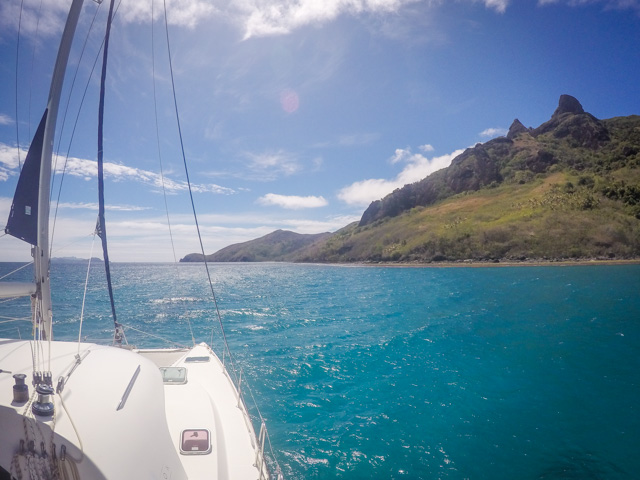Here’s a little snippet of our ballet with the giant manta rays of the Yasawa island group in Fiji.

Here’s a little snippet of our ballet with the giant manta rays of the Yasawa island group in Fiji.
The morning we planned to sail north into Yasawas proper we were greeted with clear, sunny skies and surprisingly cooperative east wind. We sailed out of Nalauaki Bay with all the canvas we could muster, ripping along on a beam reach in calm seas at eight knots. After all the rough miles we’ve covered getting spoiled with day hops in protected waters has been beyond welcomed, and the day’s sail was glorious. It was like riding a multi-ton kiteboard, albeit with some ugly shoals that you can’t just hop over.
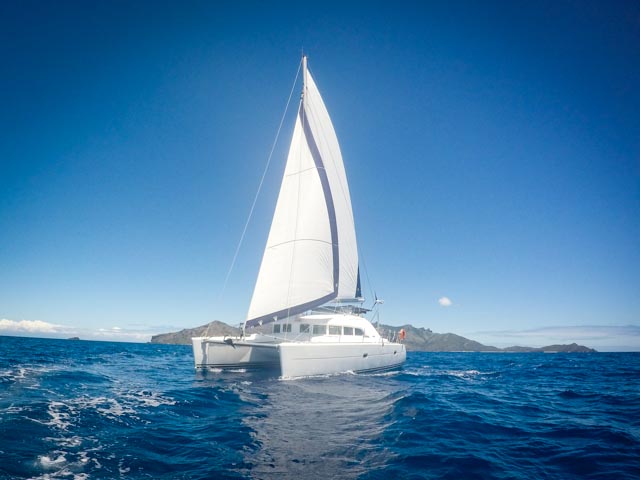
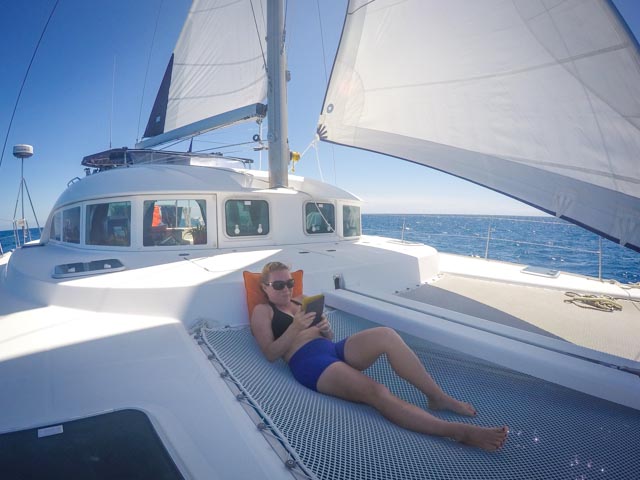
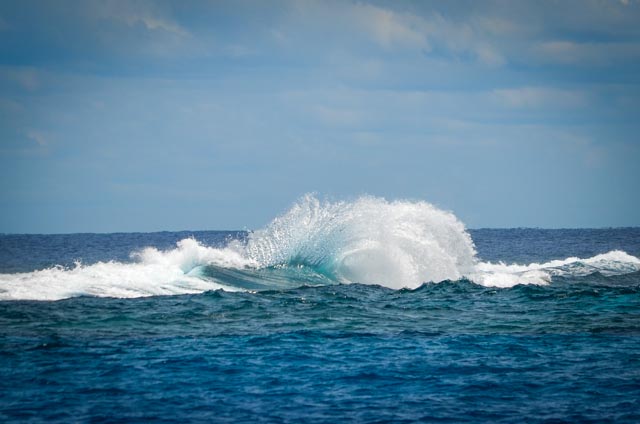
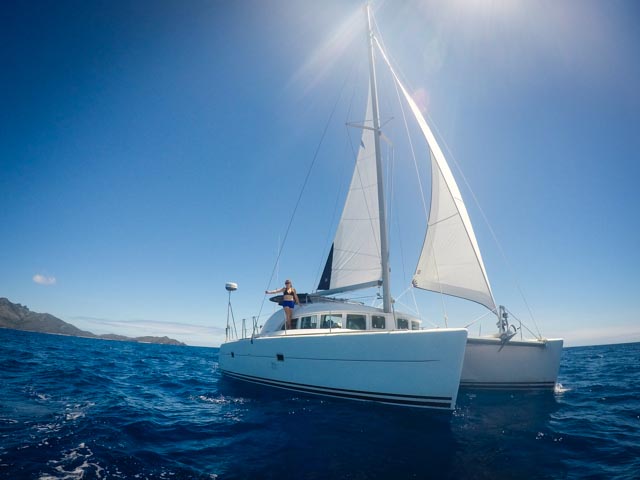
We anchored near the pass between Nanuya Mbalavua Island and Drawaqa Island, deep in about eighteen meters of water. It’s not an ideal anchorage, in fact the charts regard it as a day anchorage. We ended up staying for four nights.
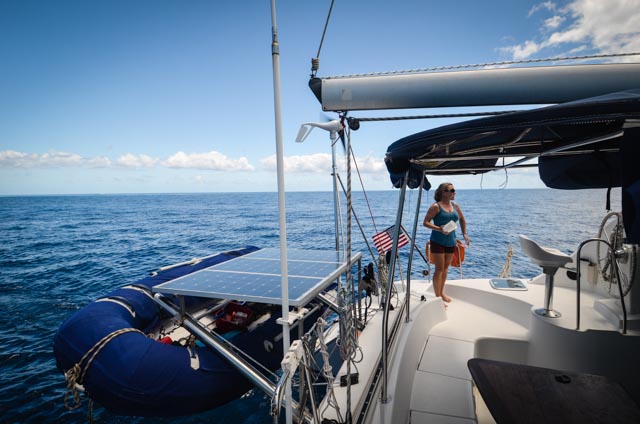
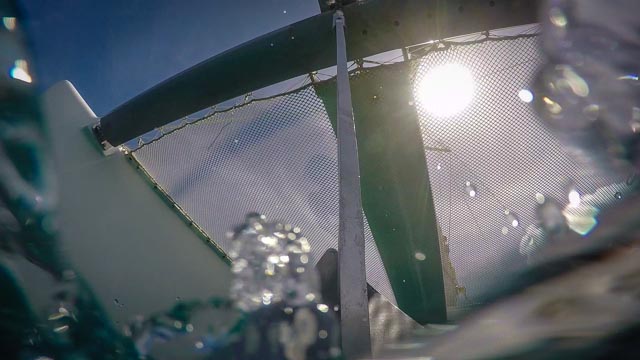
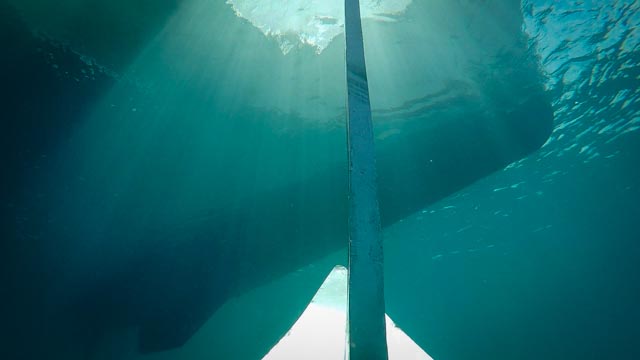
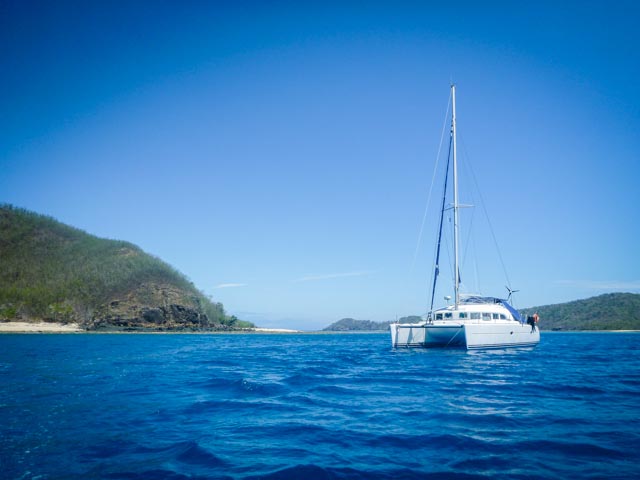
Aside from fantastic, healthy coral, there were several quiet beaches on the various islands. After spending most of the day snorkeling the reefs, we went out one night to have a bonfire on the beach one evening with our buddies from Tallulah Ruby. We got a blaze of driftwood, dead timber, and coconut husks burning, raked out the coals, and threw tin foil packs of fish and veggies in the embers as the stars peeked through the night sky. Just as we were marveling at the tranquility and solitude of our surroundings a boat load of twelve local guys in an open launch came ripping into shore. They jumped into the surf and waded up to our bonfire on shore, introducing themselves amiably. They were fishermen from the next village and come to spearfish on the reef, usually stopping on the beach to have tea before they go out into a cold night in the sea. We welcomed them to share our fire, talked about fishing and helped repair equipment as they waited for tea to warm. They invited me to go in with them but my dive lights were both out of commission at the time. Also, twelve guys wielding spears in close proximity in the dark water sounded like a recipe for a nice puncture wound and a belated tetanus shot.
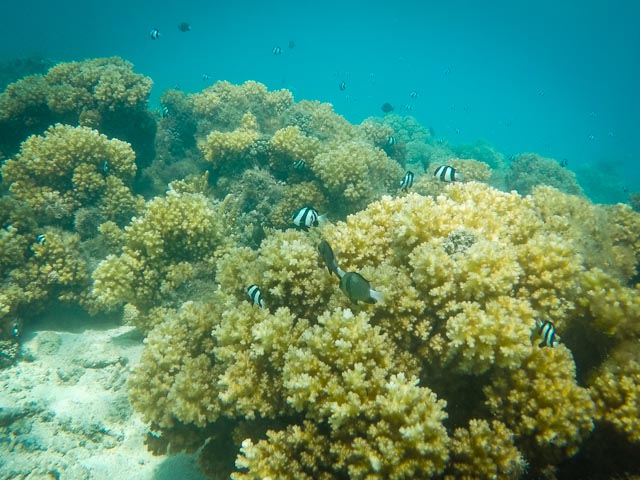
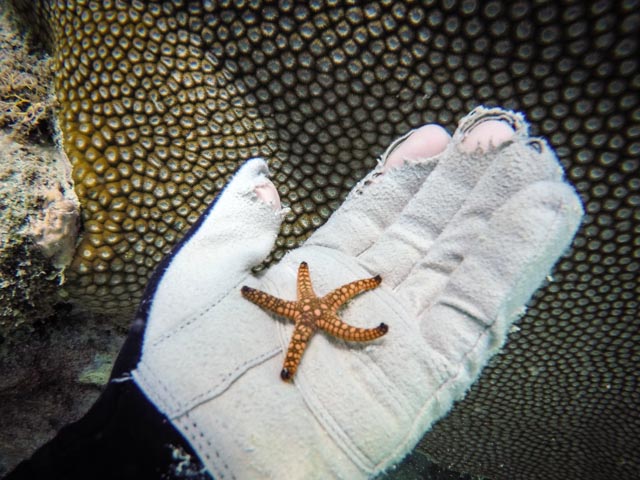
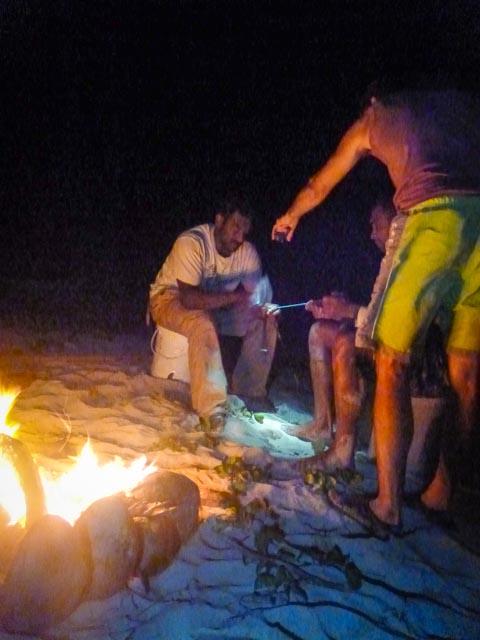
The draw of the place is the giant manta rays that frequent the pass between Drawaqa and Naviti islands. We had several days of snorkeling with them as they wing in and out of the pass in the afternoon. The plankton upon which the mantas feed yields poor water clarity, but it’s more than worth it to swim along side of these gulping monsters. They don’t really seem to mind us there, but when you get too close they’ll zip off with almost imperceptible movement, surprising with their grace and power.
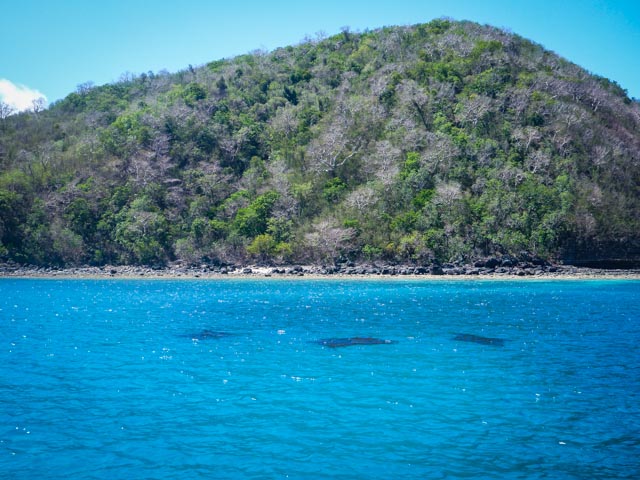
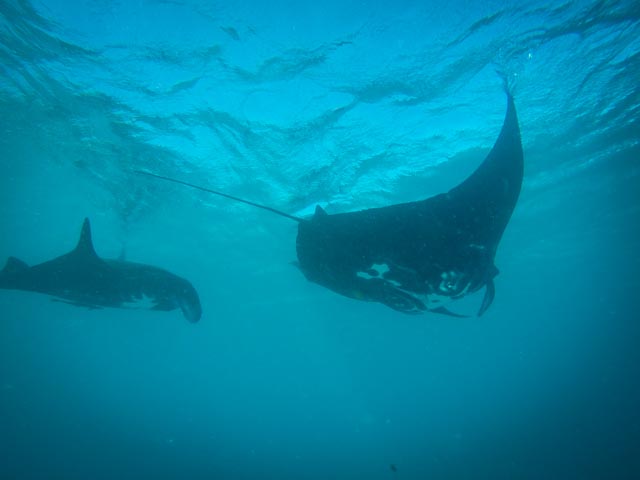
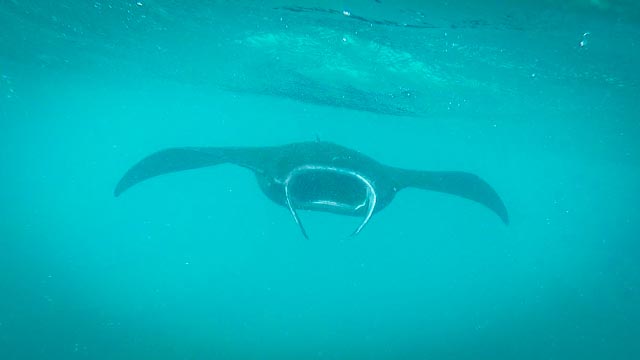
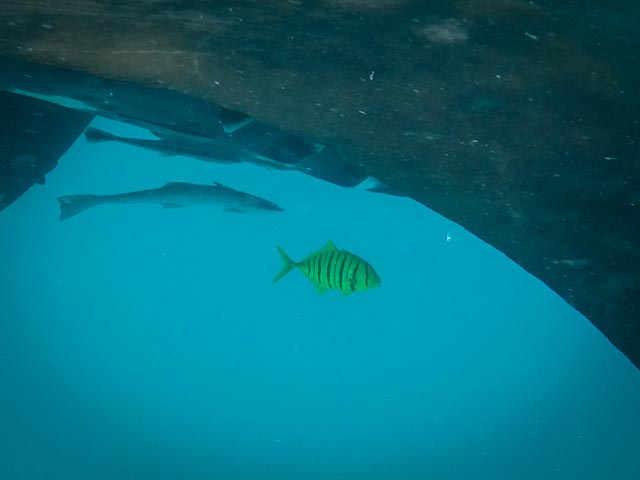
The problem with the anchorage is how the oscillating currents ripping in and out of the pass and the wind swirling around the island affect an anchored boat. The boats weren’t affected by the wind and current in the same way, depending on their keel, windage, and scope, nor spun at the same time on the changing tide. So at any given point, the four boats in the small anchorage were pointed in four different directions, sometimes really far apart, sometimes unsettlingly close. From the air, Tayrona and her friends must have looked like a bunch of four-year-olds in an interpretive dance class. After a couple nights of pirouettes, we decided to go dance by ourselves farther north.
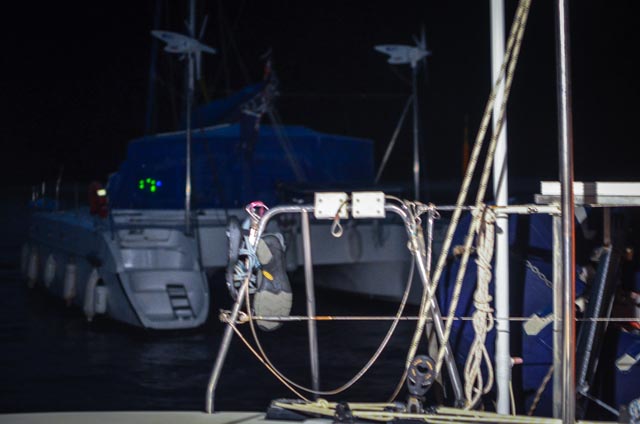
Sailed an hour or two north to Vaga Bay on the west side of Naviti and settled ourselves in a secluded anchorage for a windy, but nice enough night. The next day we continued on to the well-protected Natuvalo Bay. Met up with Tallulah Ruby and took advantage of the first little bar we’d seen in a while. That night they threw a little party with some fire dancing. Miranda and I spent the next day snorkeling the reefs around the bay and then went back out night lobstering later that evening.

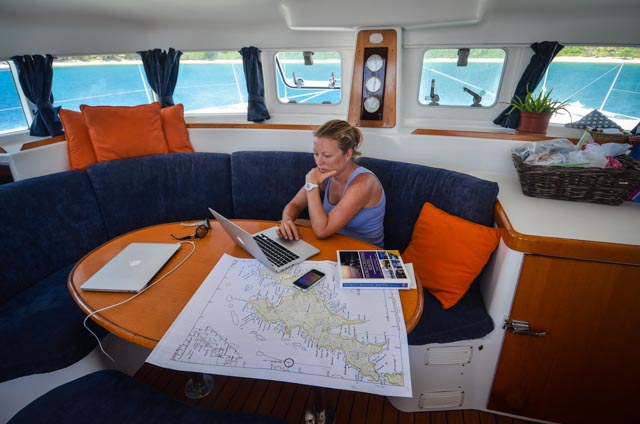
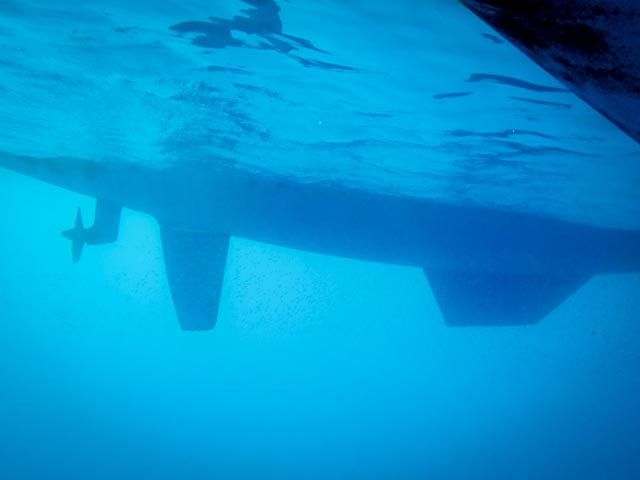
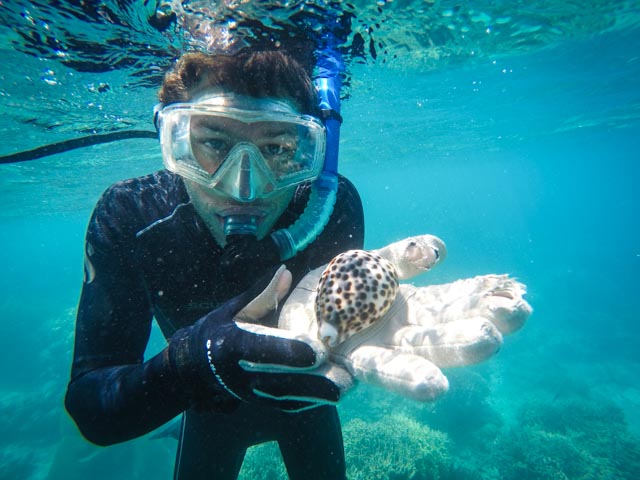

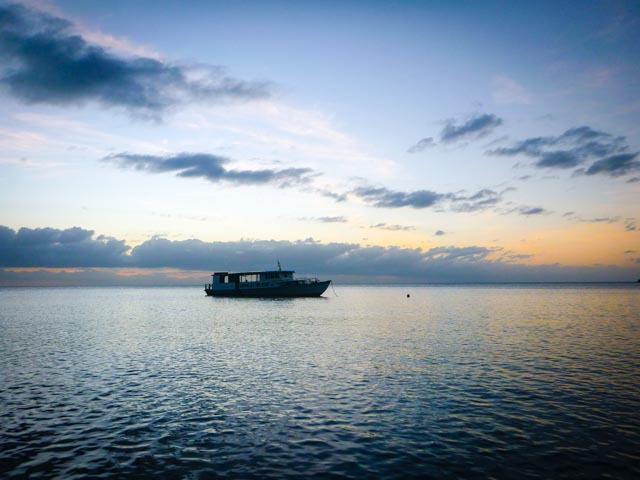
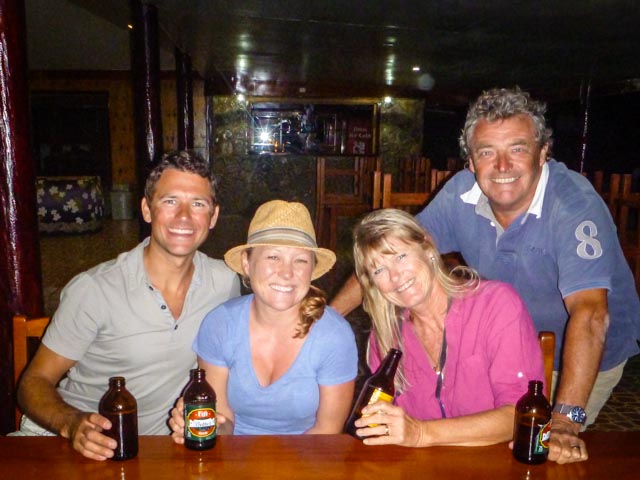
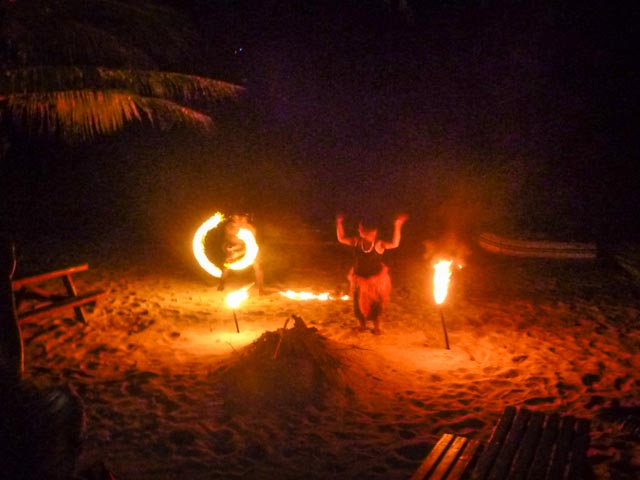
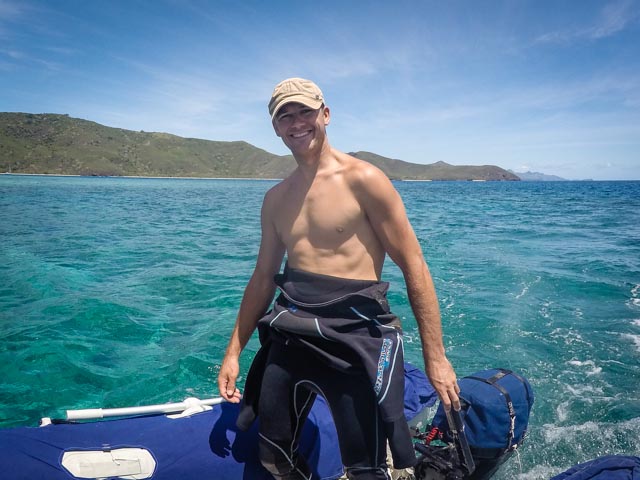
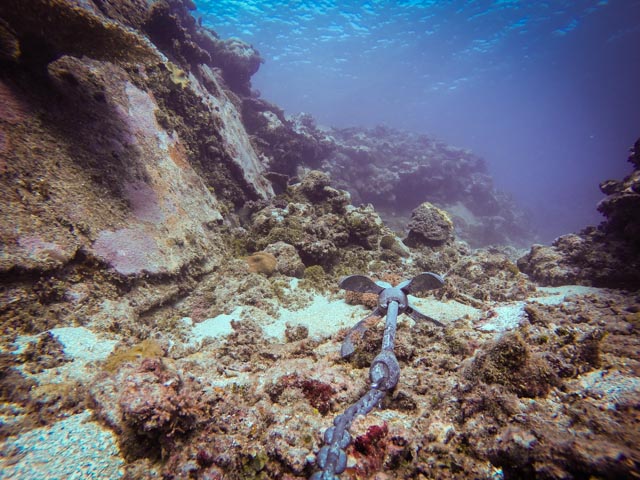
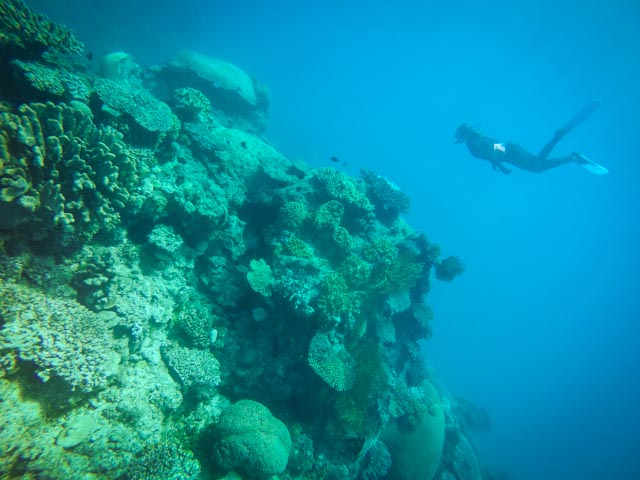
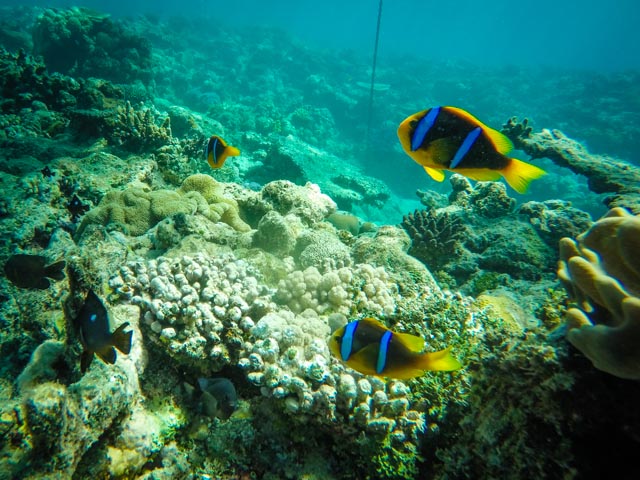
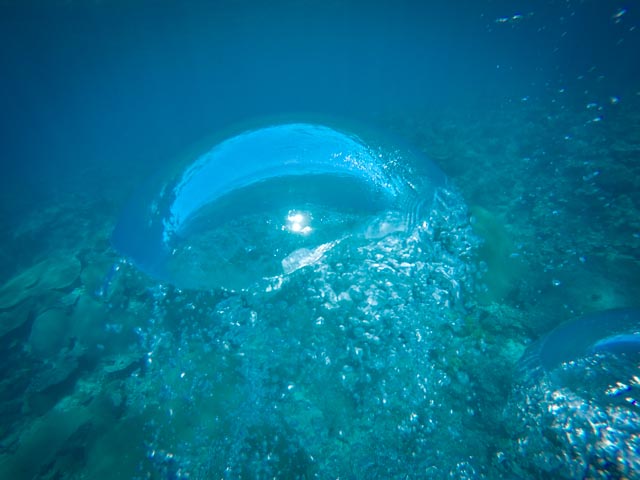
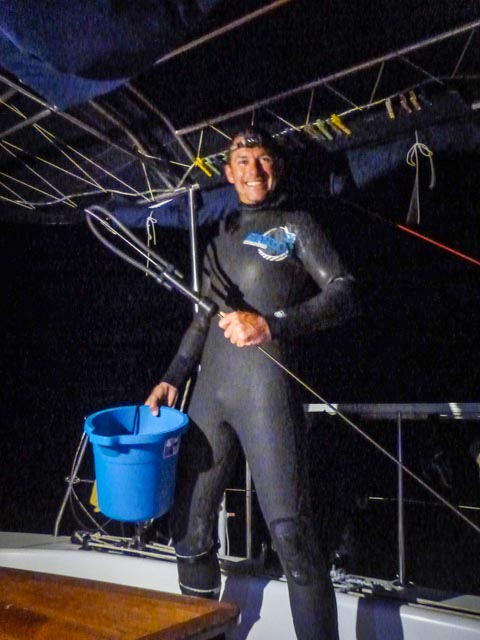
After a couple days enjoying the anchorage, we sailed around the north end of Naviti island to the wide Somosomo Bay. The village tucked into the southern shores from which the bay derives its name is a collection of rough houses on blocks with a few fishing boats anchored in the shallows. We anchored deep but in good holding and went in to shore to pay our respects to the chief.
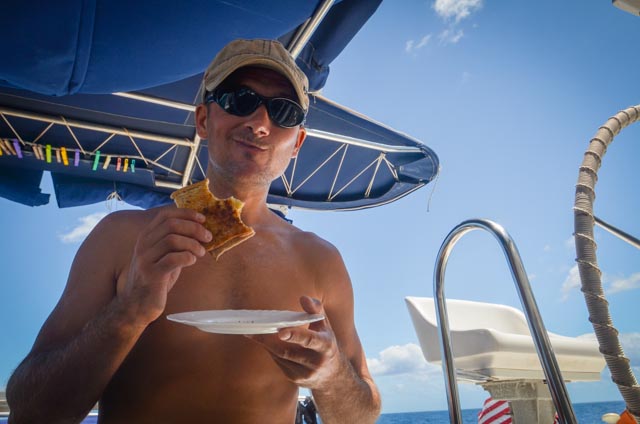
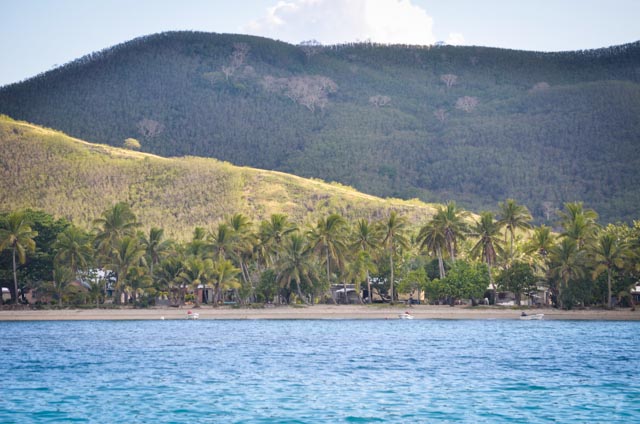
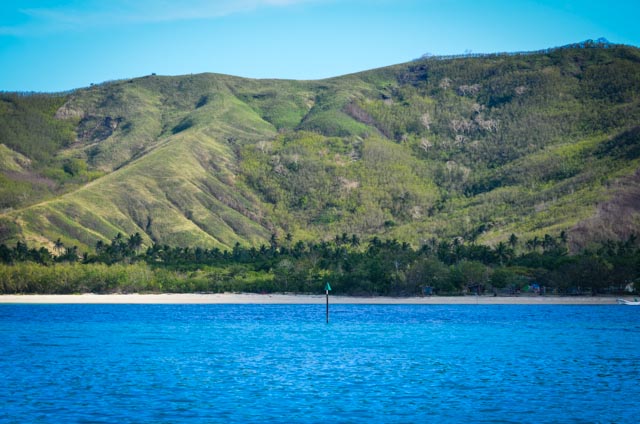
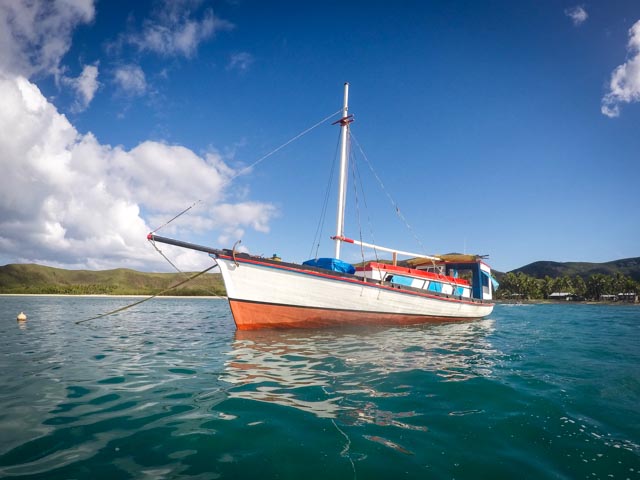
First thing we noticed as we came ashore was the number of people about, generally dressed up and sitting in the shade. As our guide Twoway led us to the chief’s house, the second thing we noticed was a big slaughtered cow sprawled out on the path. Apparently a village elder had died that morning and people were gathering from the surrounding islands for the expeditious funeral required by the tropical heat, all who needed to be fed after the service. Hence, the dead cow.
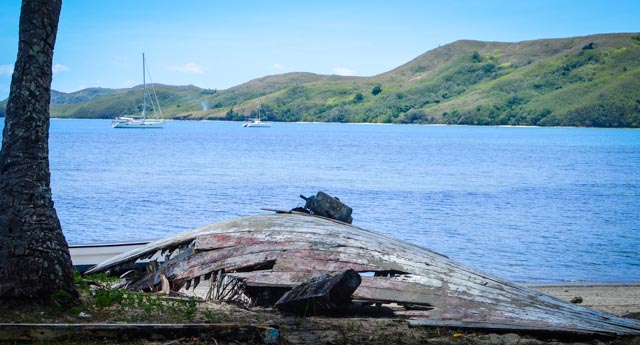

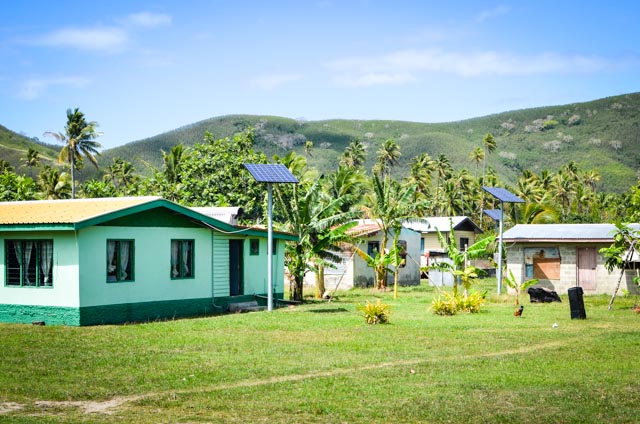
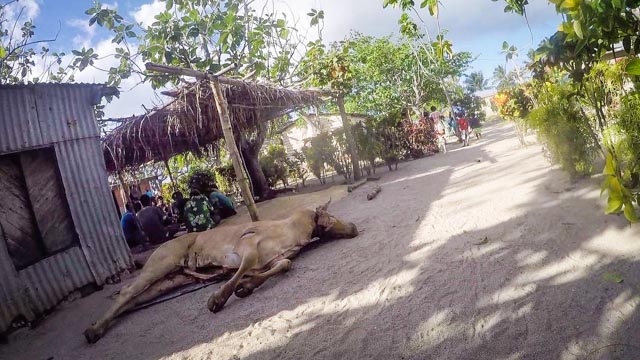
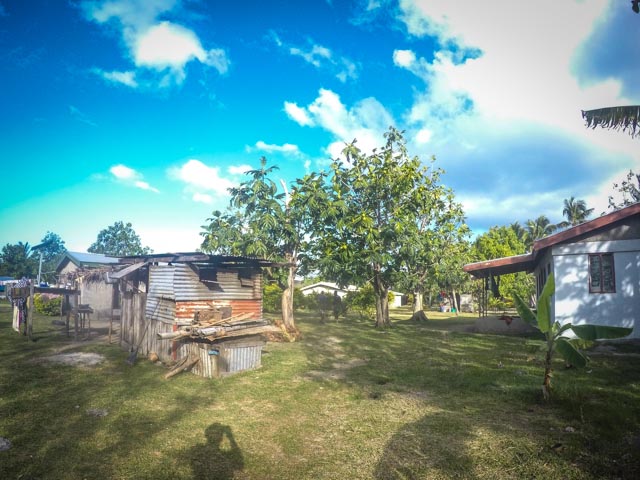
We presented our kava to the village chief, the first female chief we’ve encountered, and much clapping and chanting ensued. It was too early to drink the kava, but we bought some fruit and explored the town. We visited the beachside kindergarten with munchkins running around barefoot. The older kids are bussed up to the next town in an open boat. In my mind, the boats should have been painted bright yellow.
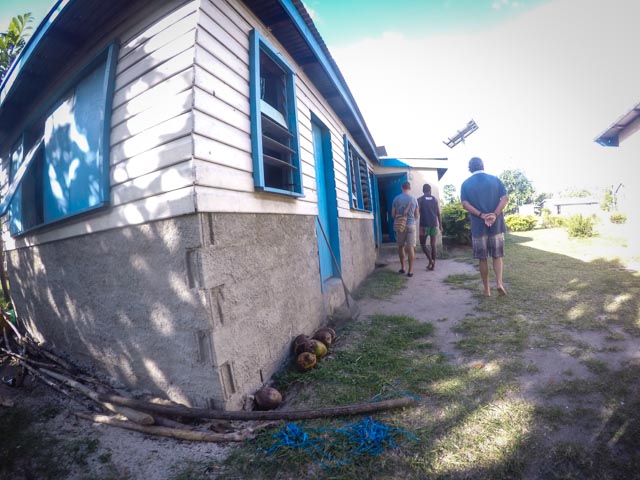
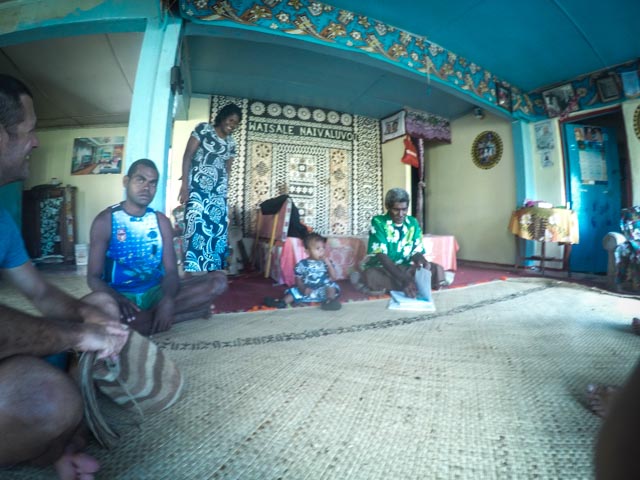
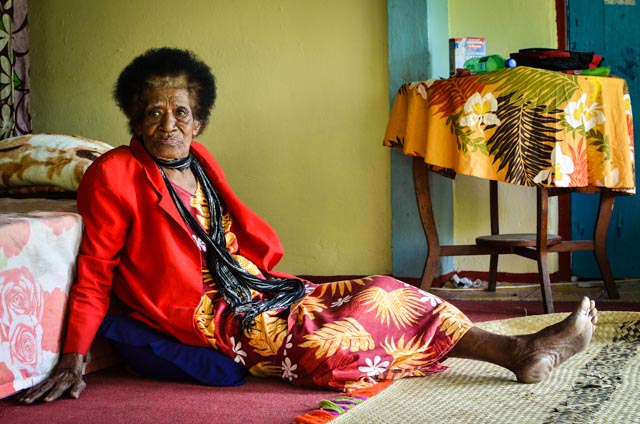
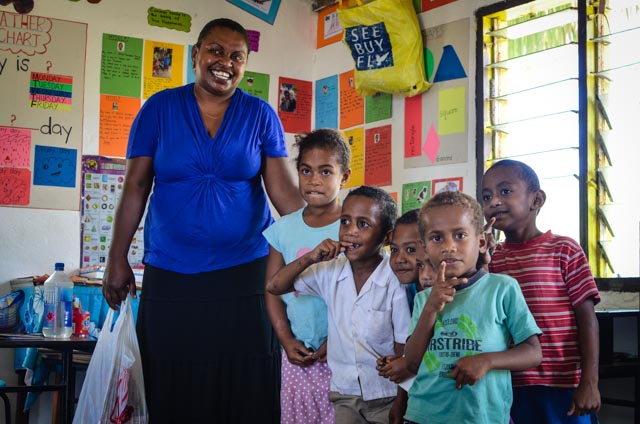
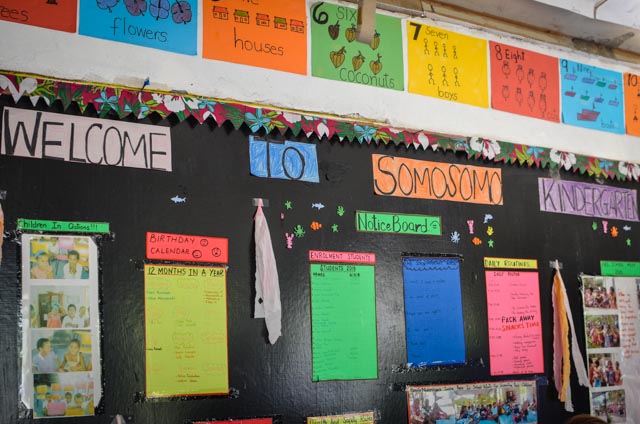
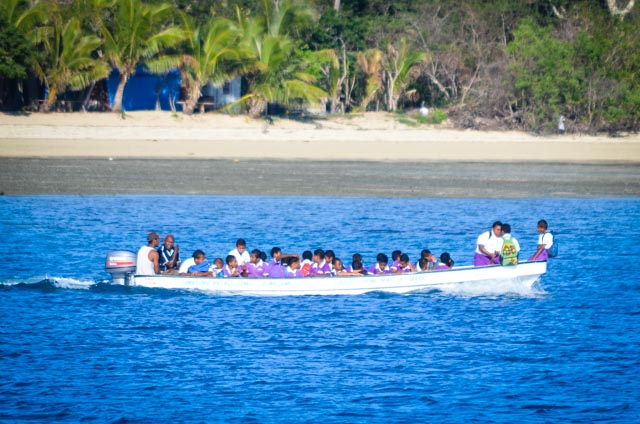
October sixth marked our one year anniversary aboard the our fair Tayrona! We celebrated with a day of leisure on the boat, some snorkeling, a homemade pizza, and a little skinny dipping! Note Miranda’s great coconuts!
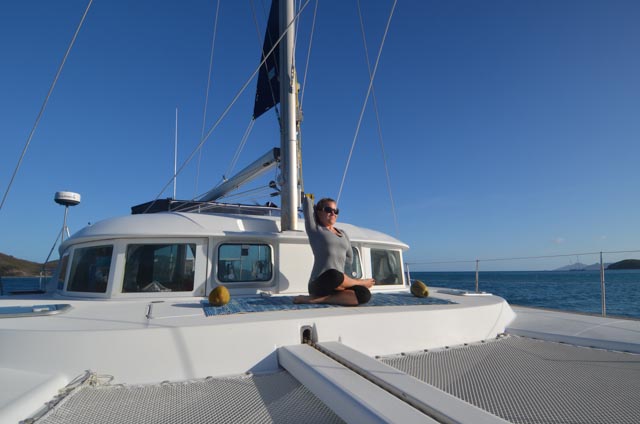
The coconuts on the yoga mat, of course. She uses them to hold it down to the deck on windy days. Get your mind out of the gutter!
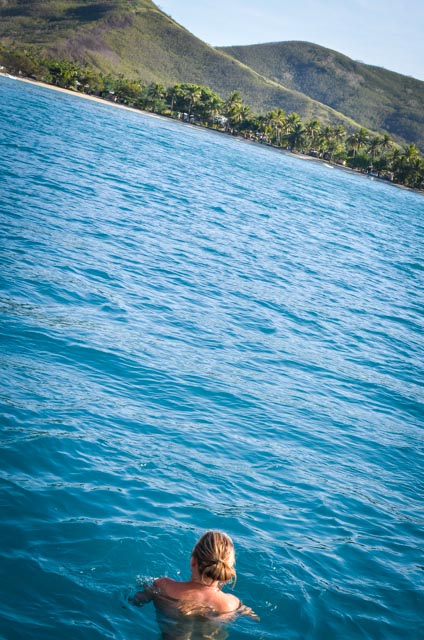
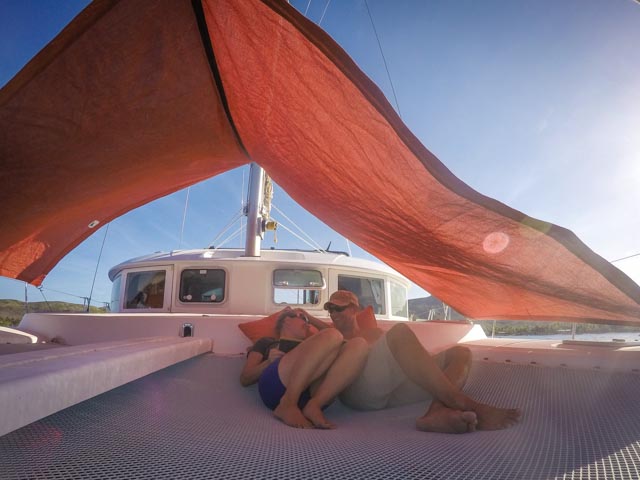
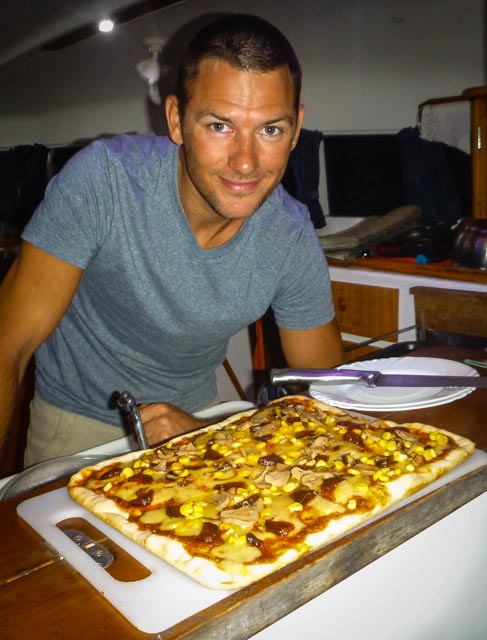
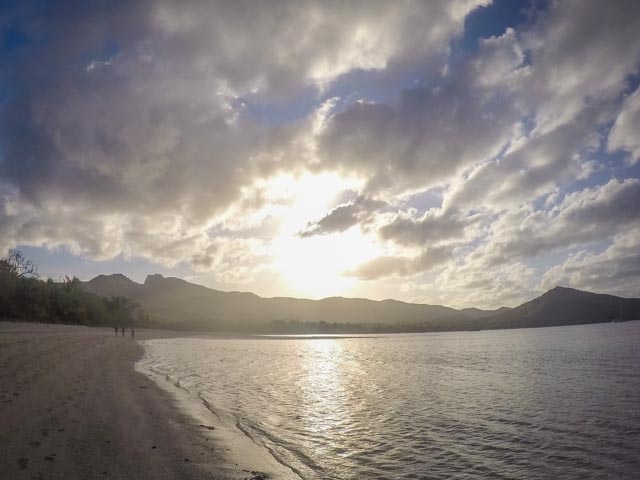
Moved to the northeast side of Somosomo Bay to hunt down a WWII airplane wreck reportedly sunk on the windward side of the island. I lost a week-long fight with the dinghy prop, which has now basically dissolved after plans A through G to repair it failed. It’s totally shredded. We hopped a ride to shore with Tallulah Ruby and found the winding single track path across island. It’s significantly drier here in Fiji than I expected, but that’s because the rain typically falls on the east side of the islands and we’re in the west.
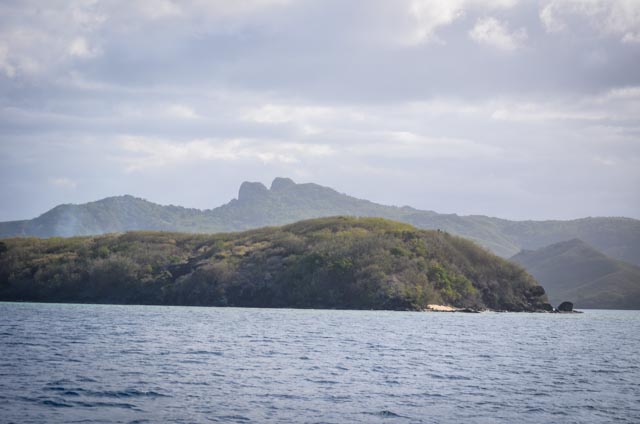
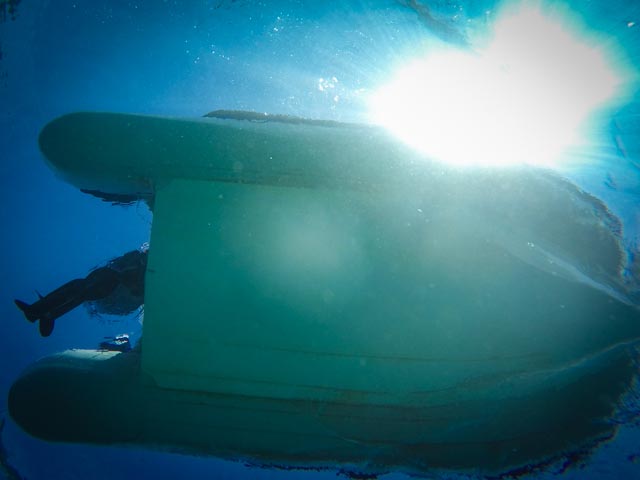
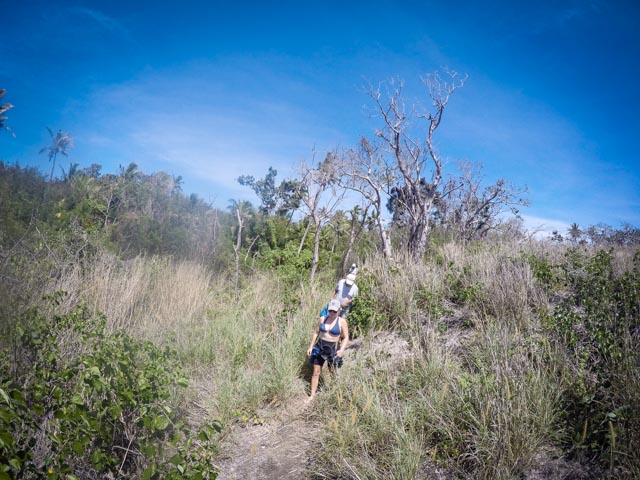
On the other side of the island a few deserted shacks and some propped up outboards stood quietly under the palms. With no real idea where to look for the airplane and several miles of open beach we hunted down a lone figure on the shore. The local guy showed us a buoy in the bay that marked the wreck, and we gave him a bag of rice, pasta, and fishing hooks. He seemed pleased by the trade.
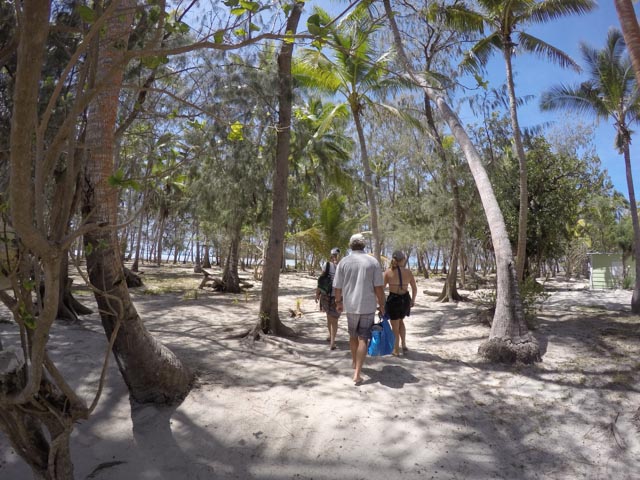
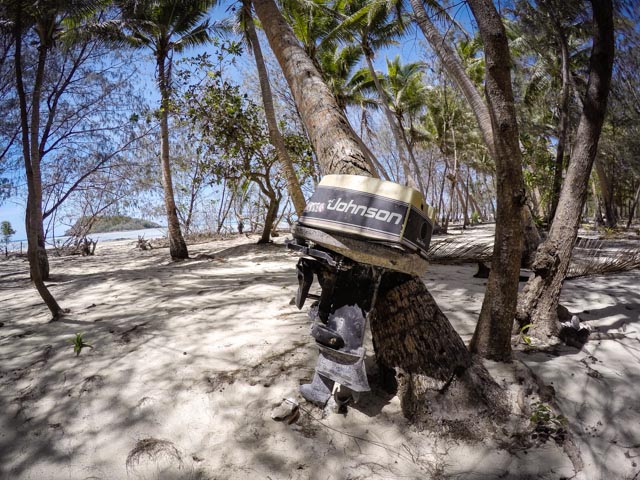
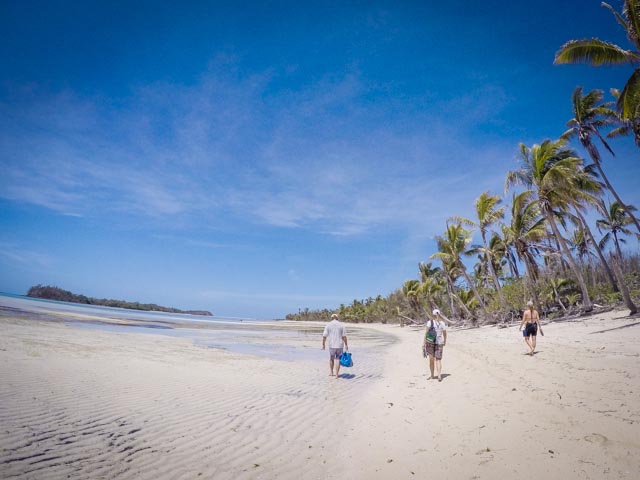
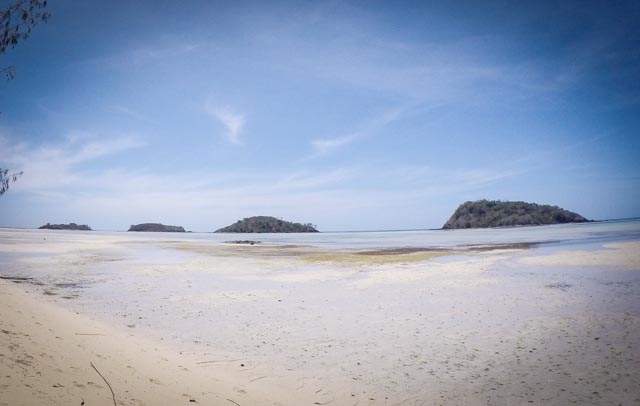
We walked back down the beach and snorkeled out to the buoy. In ten feet of water, a shredded airframe basked. Our friend on the beach didn’t know the history, and the plane was too torn up to show any sign of its origins. Anemones grew in the cockpit hole, and not too much was left to distinguish the wreckage as an airplane. Still it was a worthwhile hike and snorkel. We had another lovely bonfire on the beach and prepared to sail north the following day.
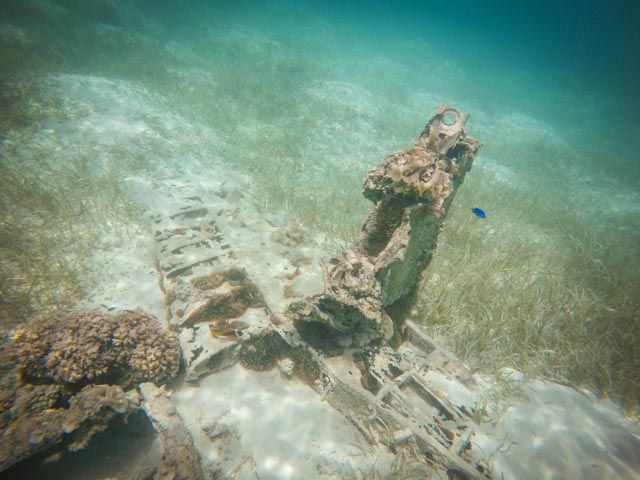
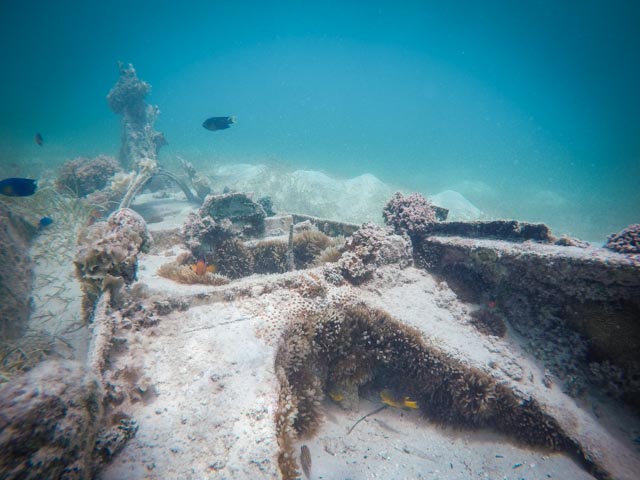
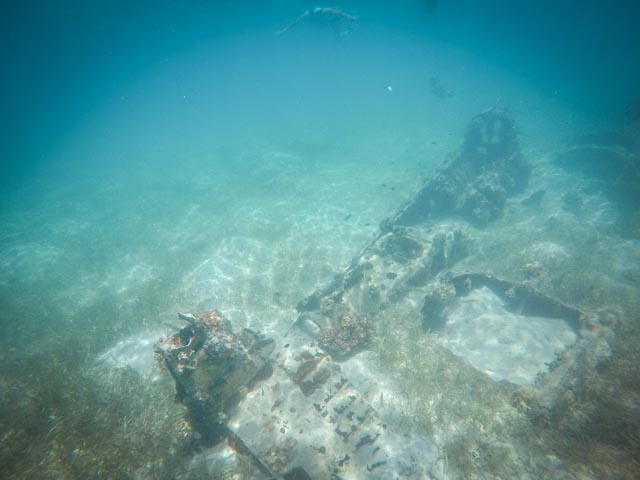
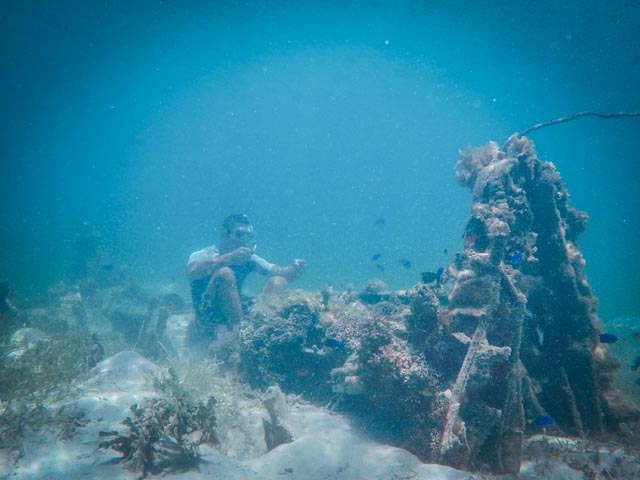
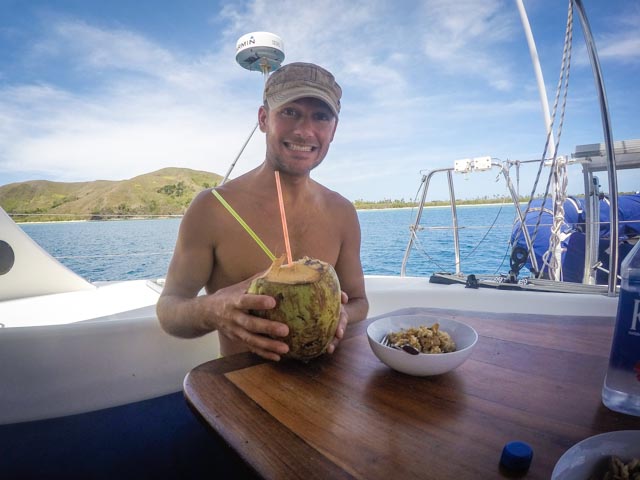
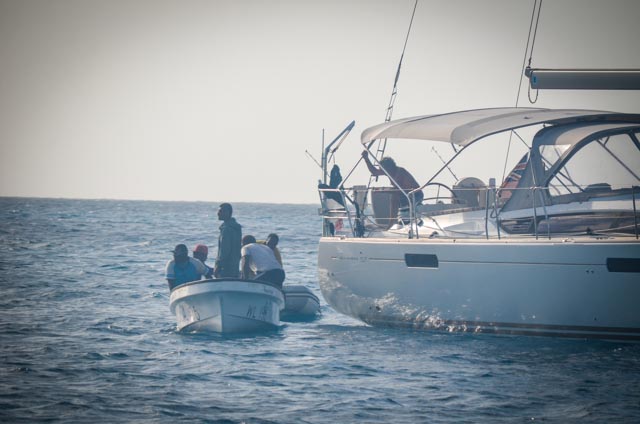
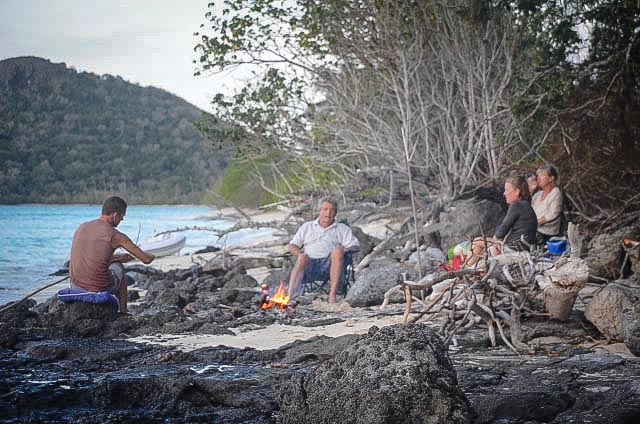
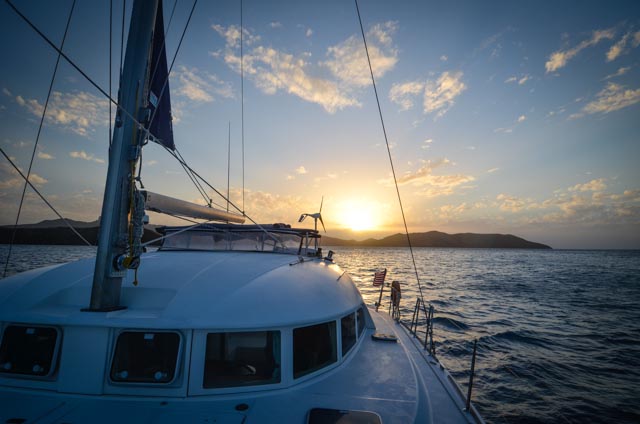
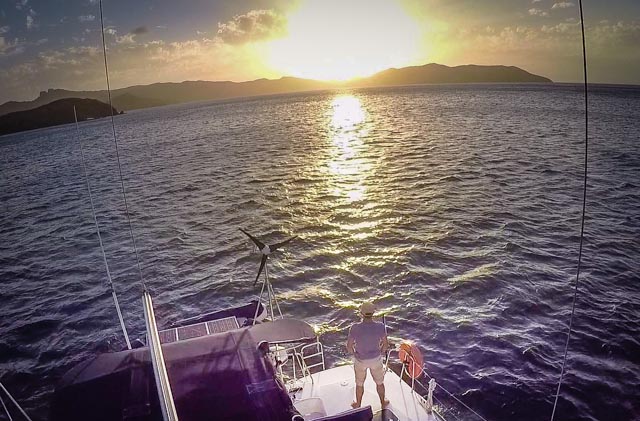
Sailing in comfortably short day hops has been a nice change of pace from the last… forever… of our trip. It’s been a different pace to get used to, taking our time along the way as we head north. When we’re asked which way we’re headed, I like to reply, “Up Yasawas!” Seems like it should that be insulting somehow.
From Navandra we motor-sailed north an hour to Kuata, the southern-most island of the Yasawa chain that runs up the west side of Fiji. Matanivanua Bay is uninhabited and offers little protection, but we anchored for the night in relatively calm conditions.
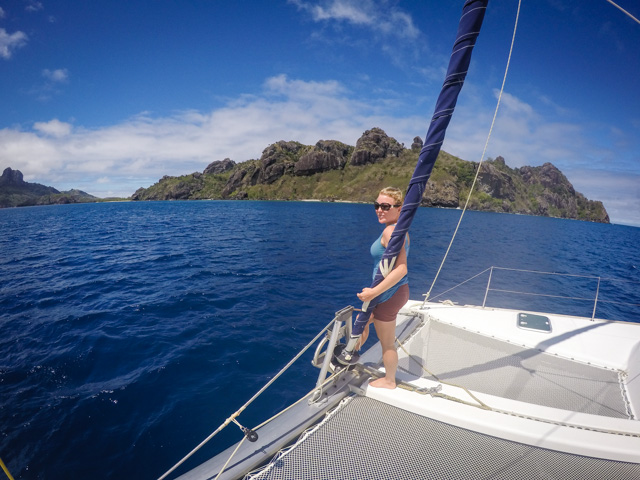
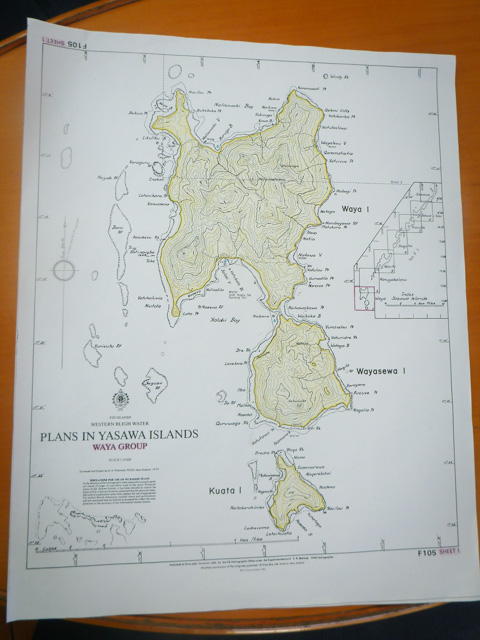
We’ve been seeing more and more of these Crown of Thorns starfish. They’re voracious predators that climb atop chunks of coral and exude their stomachs out to dissolve and digest it. If you’re searching for aliens, look no further. Some places have epidemics of them, which leave entire reefs dead and bleached out. With almost no predators to mitigate their damage, divers are encouraged to help ‘control’ their population. I do my part. Lobsters are a HUGE reef problem too, so I help out with them as well.
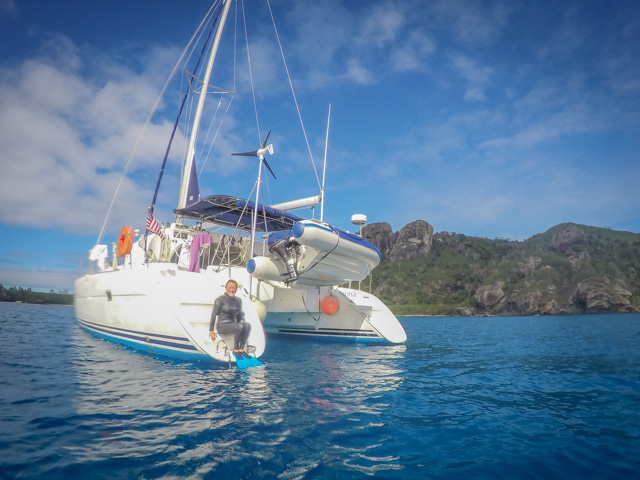
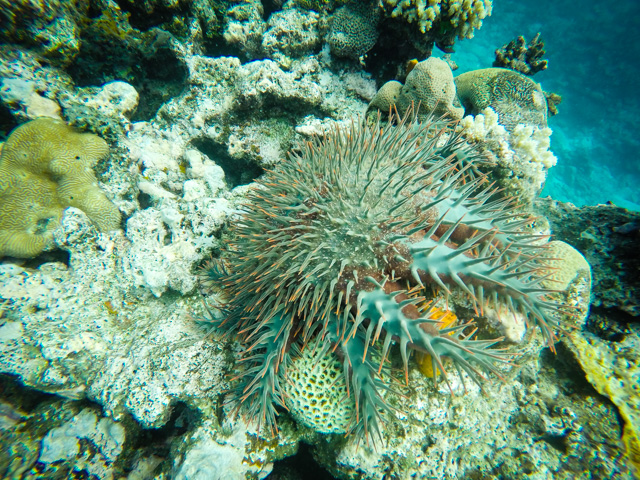
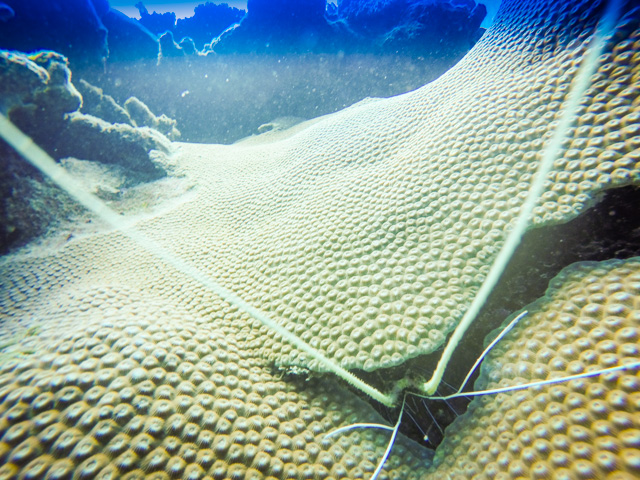
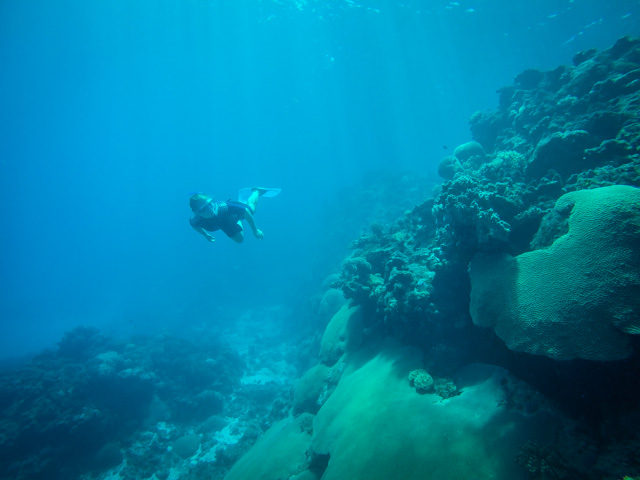
There’s nothing to speak of ashore, but the topography is fantastic. I spent an afternoon trying to gain the high ground of one of the rock outcroppings, bushwhacking with a machete through overgrown, pathless jungle. Ended up climbing up through caves with banyan tree roots oozing down the walls, using rock and vine to climb up through the spider webs. The scene was right out of Indiana Jones.
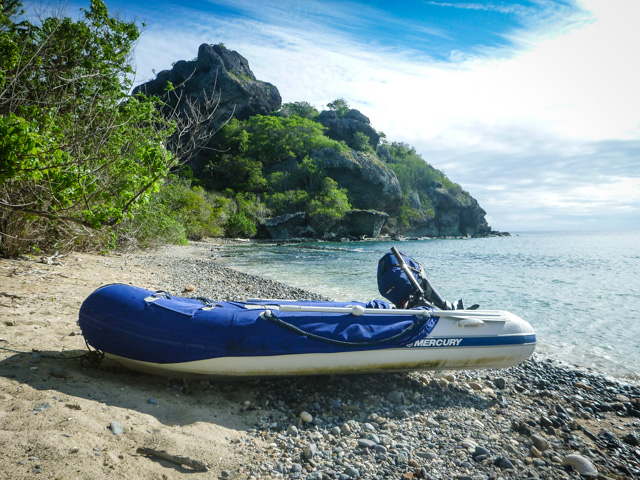
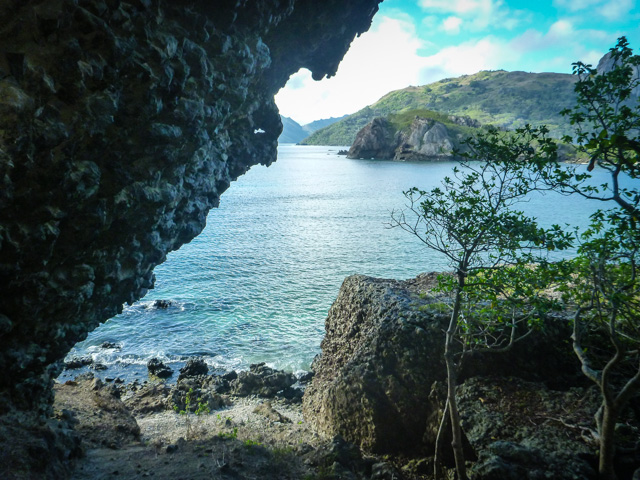
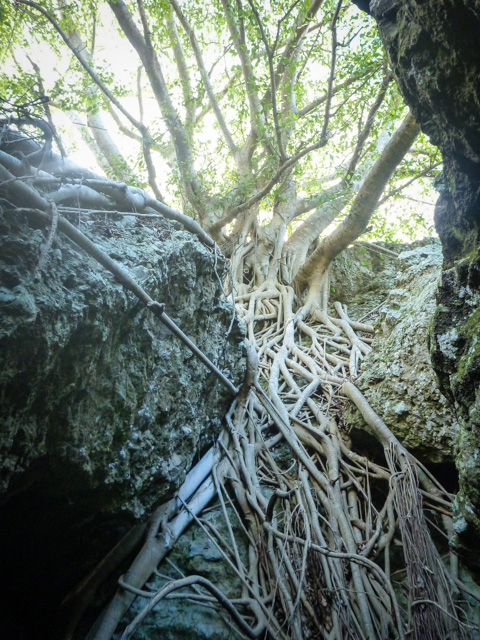
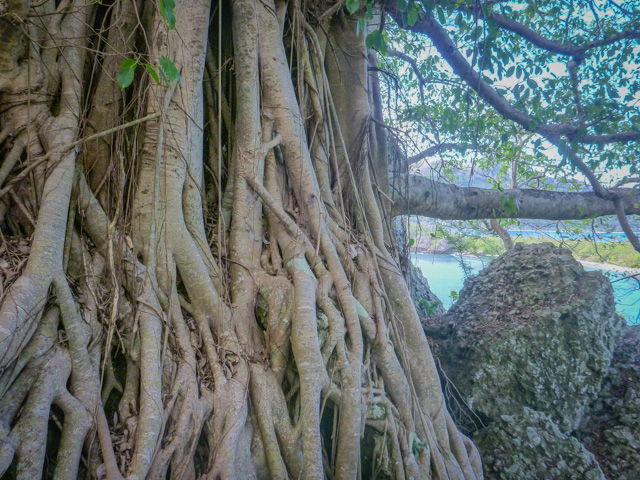
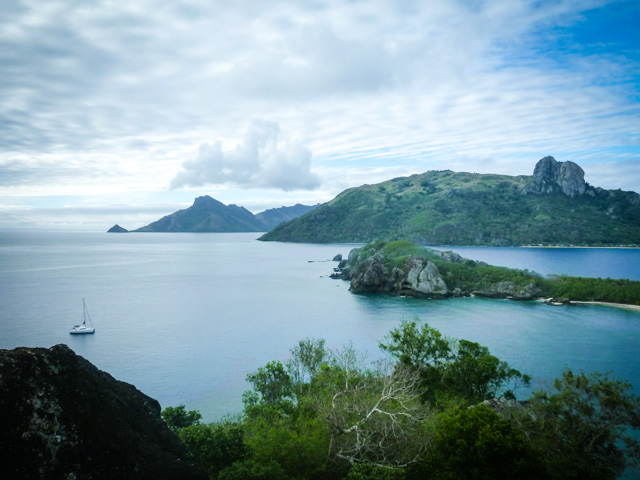
Pulling anchor the next day we aimed north, making the pleasantly short, three-mile trip to the south-facing Yalobi Bay on the island of Waya. The wind was supposed to be come strong from the east in the following days and the bay looked like it should provide good protection. Clouds hung much too low, like ceiling tiles in a 1970’s basement and misty rain gave a sheen of perspiration to our faces. Going ashore to pay our respects with sevusevu in the little village found a few clapboard shacks and a small school, but little else. We were invited to church the next day though, and we accepted. The wind snuck progressively south and gathered strength and soon the bay was collecting heavy rollers. You know how little kids can play with a toy truck, making it jump a ramp again and again and again? Tayrona felt like that to me as she pitched and surfed exuberantly through the night on her anchor. I was less enthusiastic about the unexpected wind shift and rolling anchorage. Miranda didn’t seem to notice.
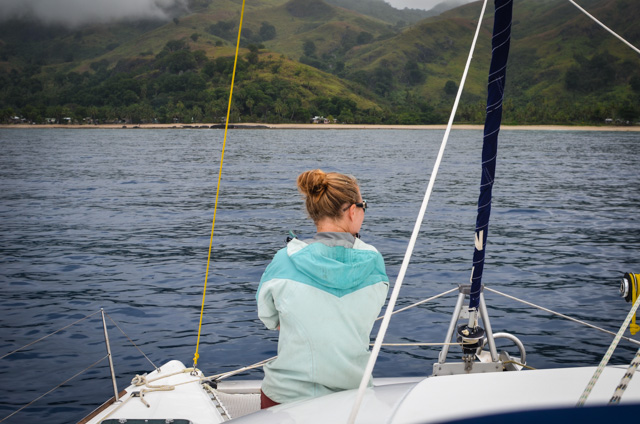
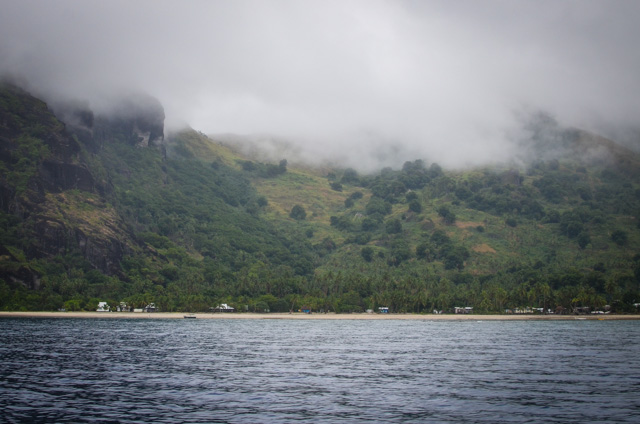
In the morning the off-forecast south wind and waves were worse and Tayrona was still animatedly at play. Still we donned our Sunday finest and casually hopped into the dinghy the same way one might hop on a loosed rodeo bull. We made it almost to shore before dinghy took a wave over the bow. What wasn’t soaked by the direct impact was caught by the spray flung by driving wind. I was ready to turn back, put on dry clothes, and have a private service presiding over my coffee cup aboard, but Miranda prodded me to bring us to shore anyway. And right she was; by the time we found our way to the church it was raining and the entire congregation was a little drippy.
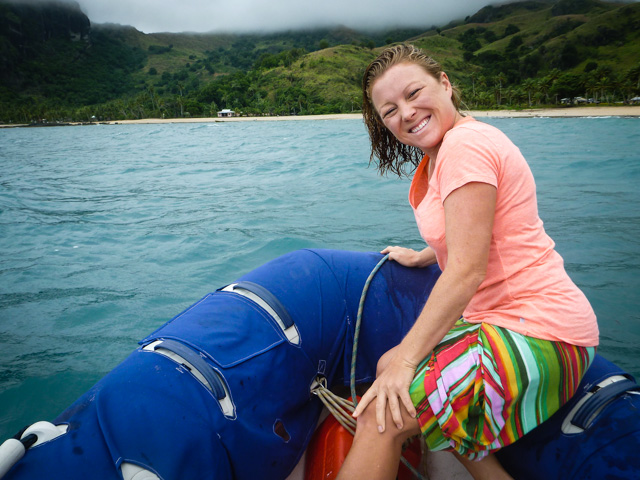
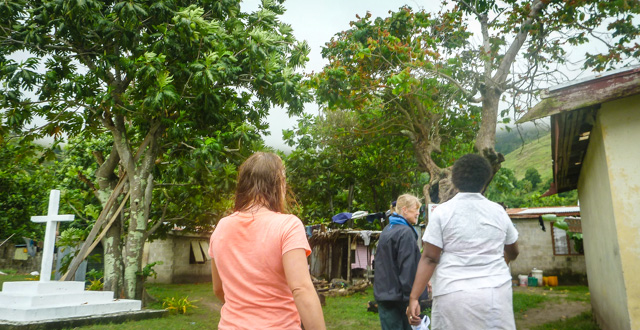
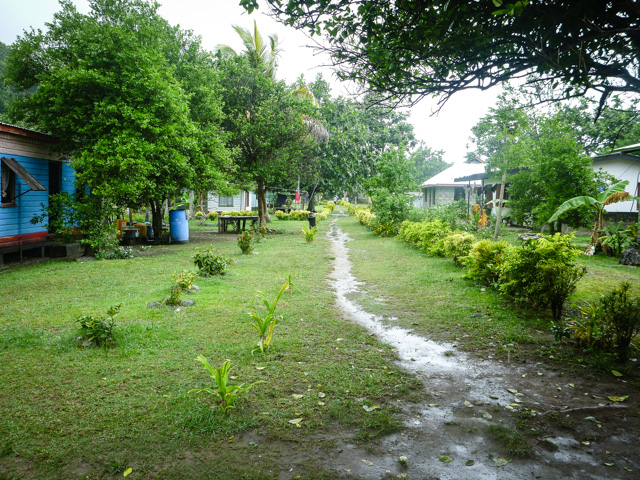
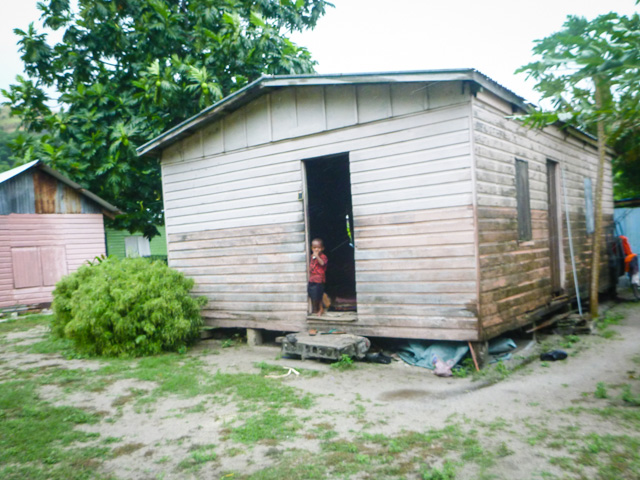
The plain interior of the church has the standard double doors at the back, but also has doors the entire way down the walls. During service, all the doors are open, so it’s a little like being in a big outdoor pavilion. Wind blows through and the occasional chicken sticks it’s bobbing head in. I can’t tell if they’re genuflecting reverently or just looking for corn. The town’s carved wooden drum outside was hammered rhythmically as a call to service, ringing through the palms. The villagers came in and took their seats, all dressed in sharp, if a little damp, Sunday finery. The austerity of the bare walls, crookedly hung icons, and cheap, electric-green tablecloths contrasted interestingly with the gorgeous fresh flower bouquets placed around the alter as people walked in. Little boys scooted under and over the pews, women tittered, the old men grinned welcomingly to us with toothy smiles. Being guests, we were put in the front pew. It’s a little awkward up there, but we got a great view of the proceedings. Despite the heat and humidity the pastor wore a crisp white shirt and tie under a long wool peacoat. He didn’t perspire at all during the service, partially I think, because he was wearing a traditional skirt and no shoes. In fact, everyone was barefoot. A representative from the community welcomed us and apologized that the service would be conducted in Fijian. The tiny church resonated with the voices of the congregation when they sang. Outside it began to pour, the deluge adding it’s own harmony to the chorale. After the service we talked with some of the locals then braved the surf back to the boat.
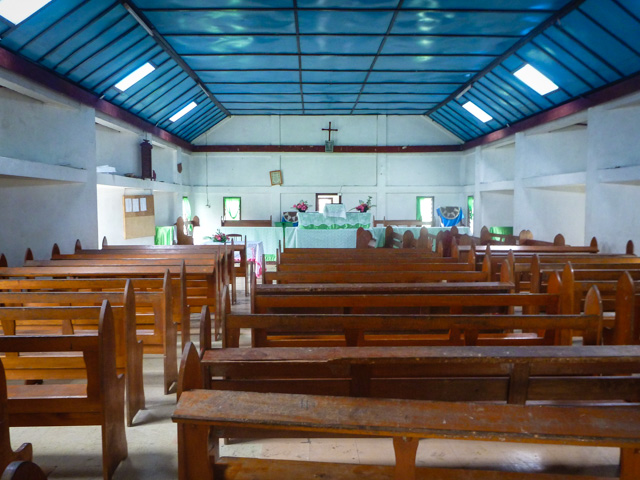
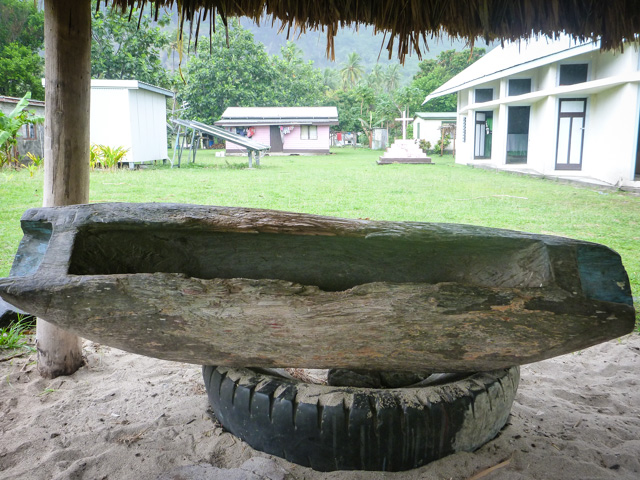
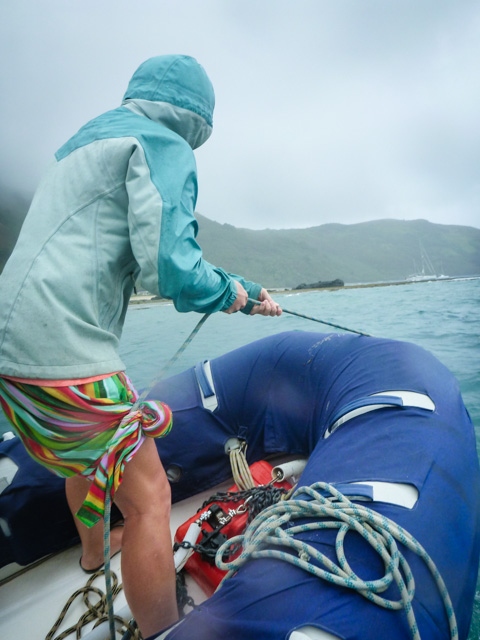
Tayrona was pitching fervently when we got back to her, transoms digging deep into the water, then scooping it up into the air. It’s a bit dangerous to board in rough conditions, but soon we were on deck, the tender was hoisted, and we got out of dodge. We motored south with wind and waves on our nose until we rounded the southwest point where we turned north and sailed downwind. Charts of Fijian waters are as scant and vague as the shoals are plentiful. We took turns keeping watch in the elements and hiding in the cabin. Some reefs were easy to spot in the form of boiling water. We did nose into the northern bay of Naluaki and hid from the wind in the lee of the land with our buddies from Tallulah Ruby.
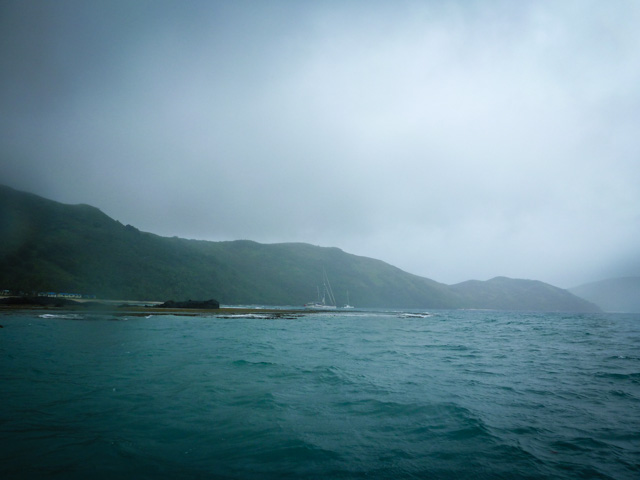


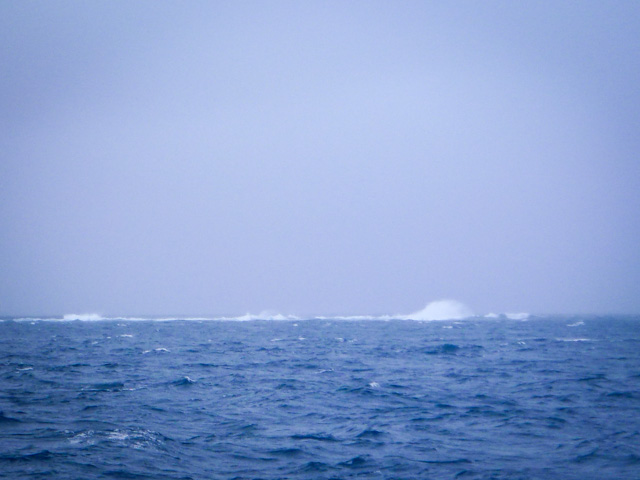

We woke the next day to blue skies and light winds. They had, however swung around and were now coming from the north into the open bay! You just can’t win sometimes! The dramatic scenery of tall rock teeth sticking out of the green gums of the island made up for the previous day’s brooding. We went in to shore to pay our respects with sevusevu and found a couple young guys, Max and Jonotani, to guide us up into the hills the next day for a trek. Despite being barefoot, they outpaced us handily in the uphill hike. The scenery was worth the humbling in the end though, and Max scaled a palm to knocked down a couple coconuts for us! We paid our guides and later I gave the younger guy, Jon, an extra mask and snorkel since he lived mere feet from a gorgeous reef and couldn’t go see it.
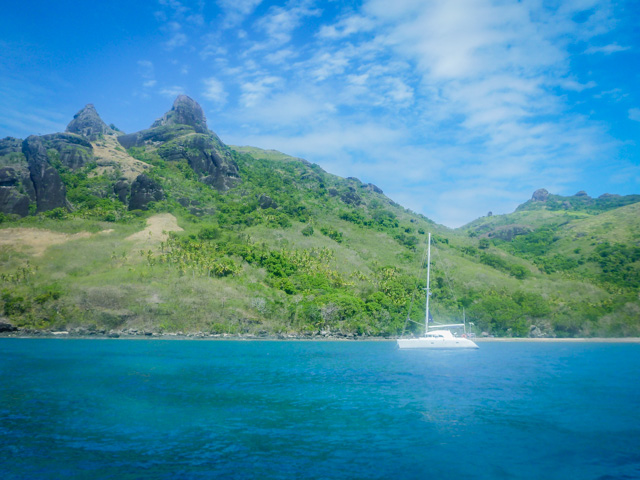
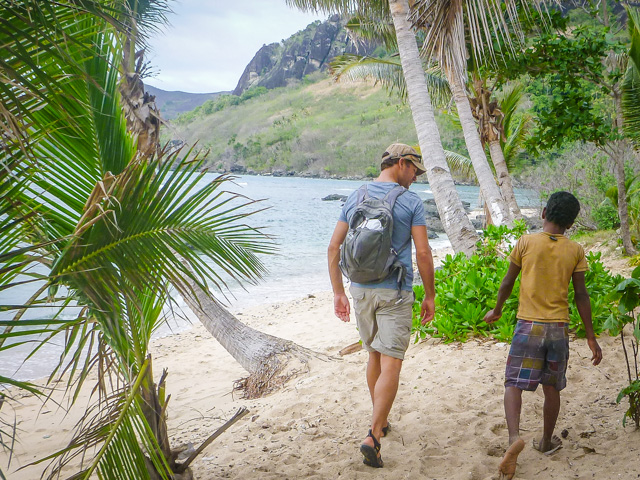
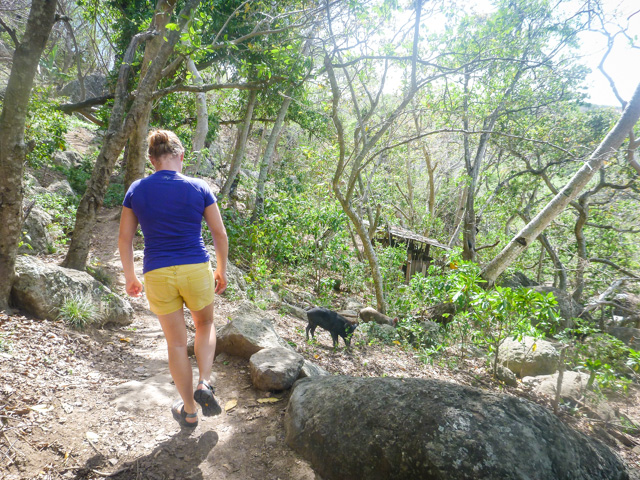
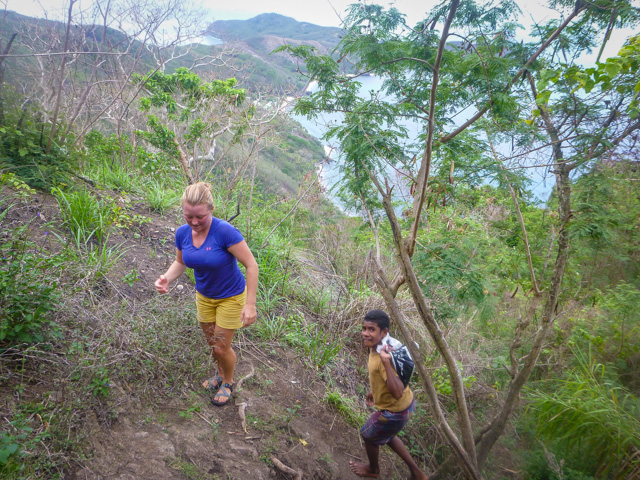
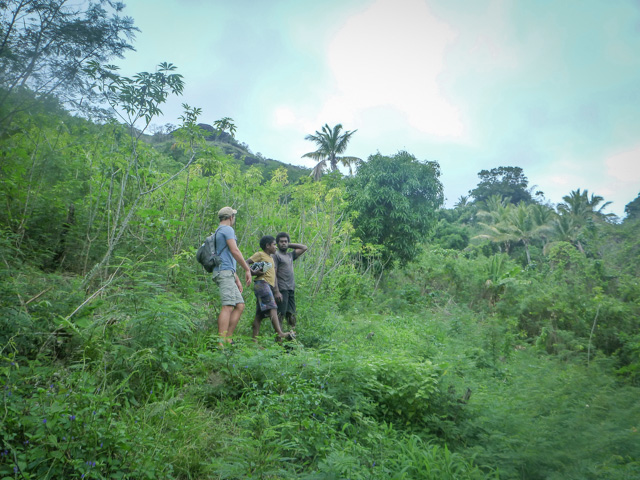
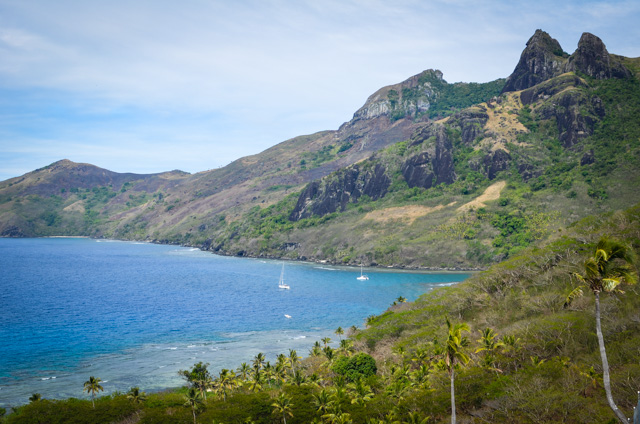
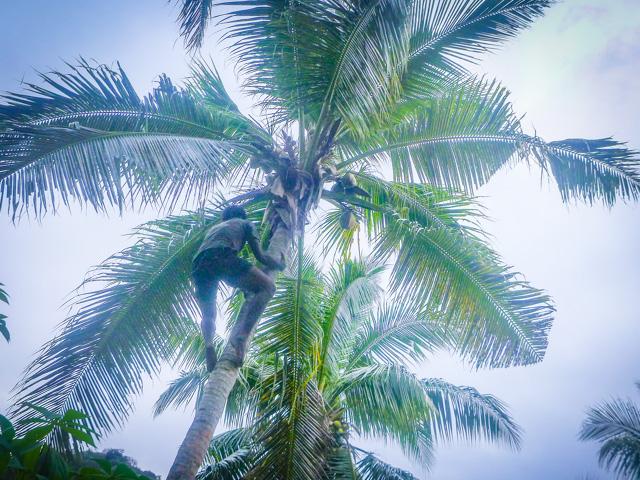
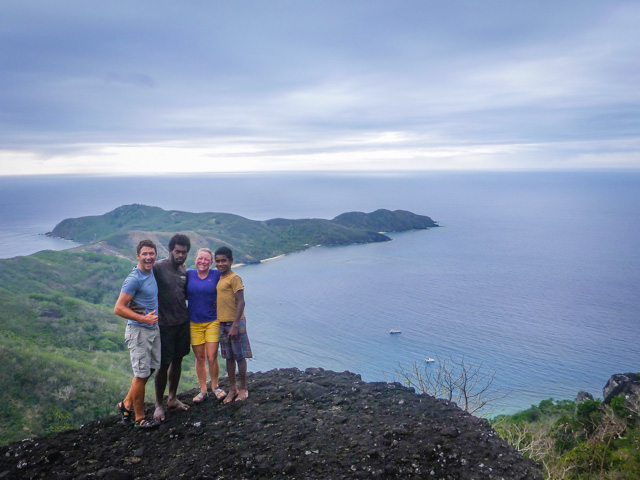
Heading ‘Up Yasawas’ in the next couple of days to find some manta rays!
